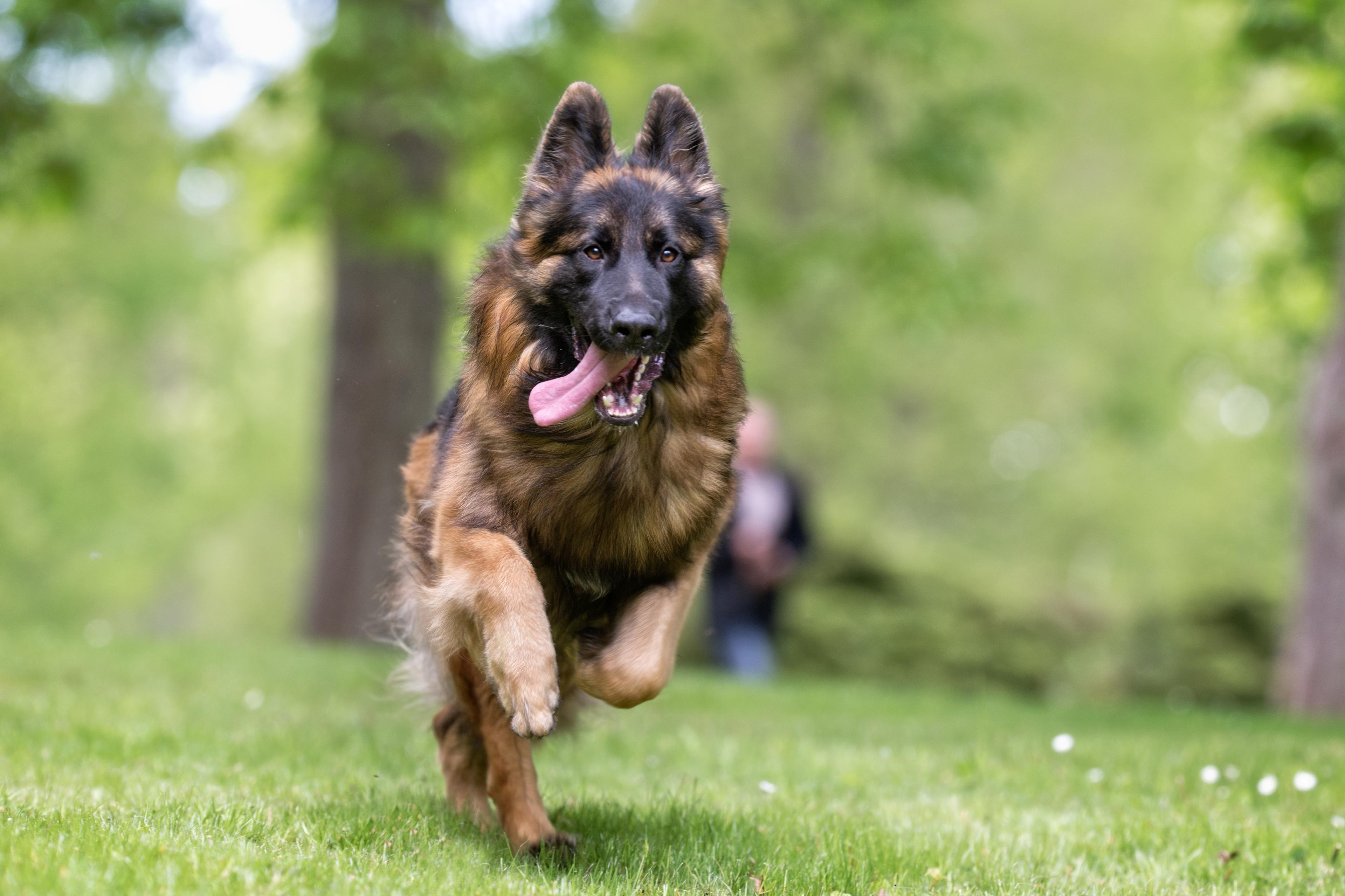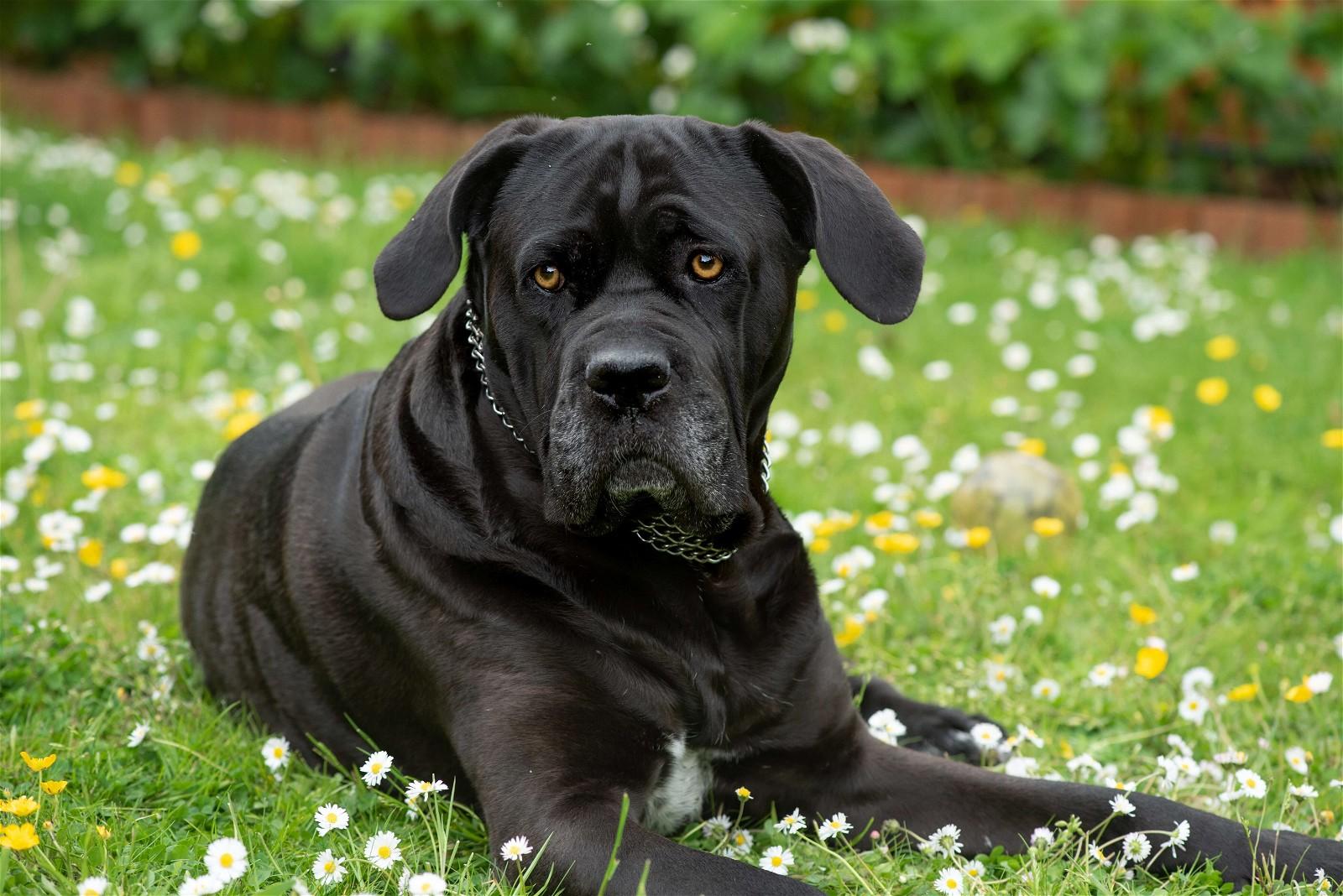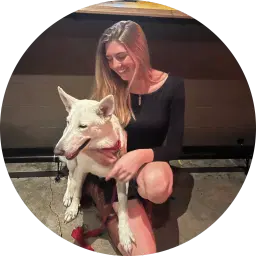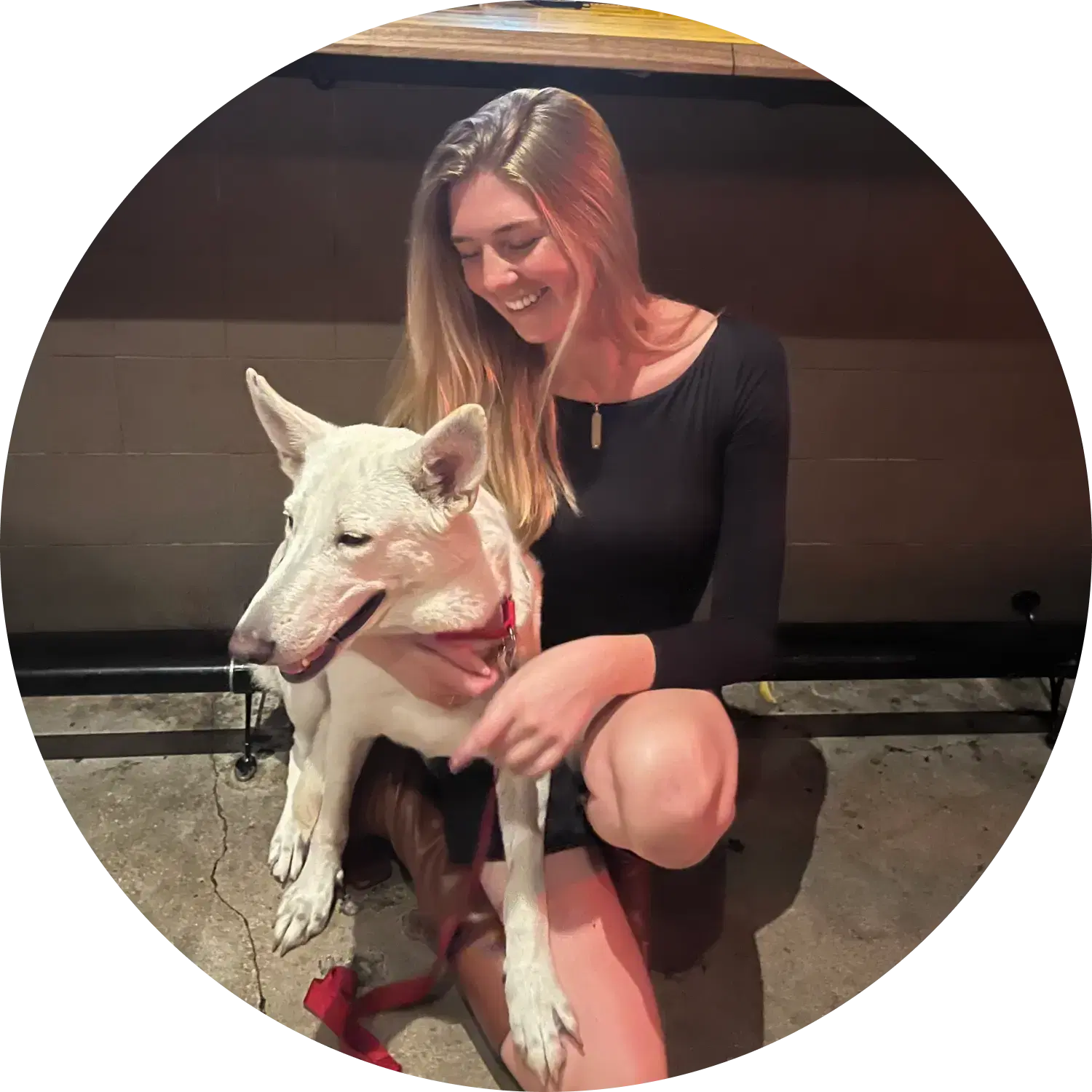We humans domesticated dogs over 14,000 years ago. Since then, we have been trying to decode the secret language of our canines. Earlier in our hunting days, we were more focused on surviving than decoding the canine language. However, fast forward to today, we’ve been able to decode quite a lot of it. And we had to since we’ve made them an integral part of our lives. And communicating is an essential part of any relationship (your girlfriend/wife would agree if you’re the guy).
Even we humans use non-verbal communication to say a lot of things. The only difference here is unlike ours, a dog’s body language is often simple to understand. No mixed signals there. Having said that, a dog’s body language is often a combination of different moving body parts. A wagging tail doesn’t necessarily mean that the dog is happy or relaxed.
So, let’s dive together in this linguistic adventure! We’ve got all your answers.
Is Canine Body Language the Same Across Breeds?

For humans, body language, actions, and gestures can mean different things in different parts of the world. In the United States, for example, eye contact is considered respectful. However, in some Middle Eastern and Asian cultures, eye contact is to be avoided because it might signal an inappropriate romantic interest or a sign of arrogance. (2)
For dogs it’s different. You can put any breed from any part of the world in front of another from the opposite corner and over 90% of the gestures would mean the same thing. If you get bared teeth from any dog, you should simply "back off." However, just like it’s ‘G’day matey’ in Australia and ‘Have a fine day’ in the UK, different breeds might express signals with their own unique flair. This is because of the different sizes and body types of different breeds.
Take the tail, for example. A Beagle's tail wagging in a wide arc is easy to spot, but what about a Bulldog with its stubby tail? Similarly, a Border Collie's intense stare might look intimidating, but it's often a sign of focus and readiness, especially if there's a sheep (or a tennis ball) in sight.
Apart from, that, the degree of expressions may differ in some breeds. Breeds like the French Bulldog, Samoyed, Papillon, Bichon Frise, Alaskan Malamute, Shiba Inu, etc. tend to smile more than others. Cavalier King Charles Spaniels, another example, seem like they don’t stop wagging ever. (3)(4)
However, the underlying messages stay the same across breeds.
What is Stressed Dog Body Language?

A stressed, scared, threatened, unhappy dog will often use a combination of body parts to express their concern to their human. These include – (1)
Standing with the head held low
Stiff body
Raised hair
Tail tucked low or between legs
Ears held back or raised
Snarling
It is important to look for these times, especially during loud noises, when your dog may feel anxious and scared. These signs may also be combined with pawing or howling to tell you that they are feeling scared and need comfort. Ensure you do not do anything to add to their discomfort.
What is Aggressive Dog Body Language?

A dog’s aggression is probably the most misunderstood body language for canines. Most of the time when a dog barks at kids it is often assumed that it’s a sign of aggression and that the next thing that is going to happen is the kid running for its life and the dog running behind like it’s preparing for the Olympics. It’s like assuming that everyone that’s talking around us is aggressive. Well, neither are they nor are the dogs (most of the time).
Here's how to identify an aggressive dog –
Forward leaning stance
Stiff body
Ears up and forward facing
Wrinkled eyes and lips
Direct stare
Raised hair along the back
Bared teeth
These signs may be accompanied by growling or barking. The next time you see a pup barking at your child, look for these signs. If it’s affirmative, RUN! (Just kidding. Don’t. You’ll trigger the aggression more and you possibly can’t outrun a dog unless you have a vehicle. Stay calm)
How to Know When the Dog Is Happy
Just like some of us like to dance when happy and others like to sing, different dog breeds may express their happiness in different ways. However, everyone knows that smiles and laughs are happy emotions.
Here are some common signs that most dogs show when they are happy –
Relaxed body posture
Smooth coat (basically, settled hair)
Ears in a neutral position
Wagging tail
Open and relaxed mouth
Apart from these, if your dog licks you, sleeps beside you, shows its belly to you, or leans on you with its full weight, consider these as your dog’s attempt to tell you that it’s feeling safe and comfortable and that it loves being with you.
More About Spot Pet Insurance
A dog’s body language can speak a lot about them – including pain or discomfort caused due to an illness or a severe injury.
Heavy panting may be a sign of overheating which may lead to a heatstroke.
It may also indicate trauma or a severe chronic illness.
Whining may be an attempt to inform you of an injury or pain
Howling may be a sign of anxiety, fear, or trauma.
As a caring pet parent, it is important to understand these cues. And more important to provide the best care and treatment in case of any illness. While you ensure that, we at Spot Pet Insurance can help you alleviate the financial burden of doing so.
Dog Insurance can help provide financial assistance for eligible veterinary care in case of unexpected accidents, illnesses, or injuries. Our plans can help pet parents manage the eligible costs of covered veterinary care and help ensure that their pets can receive the best treatment possible. Here are some ways that Spot pet insurance plans can help:
Covers Unexpected Veterinary Costs: Spot pet insurance plans cover the eligible costs of unexpected veterinary treatments, such as emergency surgeries, X-rays, and prescription medications for covered conditions.
Customizable Plans: Choose your annual limit, reimbursement rate, and deductible from a range of options, and create the plan that will fit the needs of your pet and your budget.
Peace of Mind: With Spot pet insurance plans, pet parents can know that they can provide the best care for their pet with less worry about the cost.
To learn more about Spot Plans or to get a free quote, click here.

The resident animal enthusiast at Spot. I have a lifetime of pet parent experience. If it has fur, feathers, or scales, I’ve probably shared my home with it. I aim to be a reliable source, blending experience with a dedication to the well-being of pets.
1. How to read dog body Language: Common gestures and Expressions - Barkbus Ruff draft. (n.d.). https://www.barkbus.com/blog/how-to-read-dog-body-language
2. Divina, A. (2024, February 16). 10 Dog Breeds with the Waggiest Tails. iHeartDogs.com. https://iheartdogs.com/dog-breeds-with-the-waggiest-tails/












